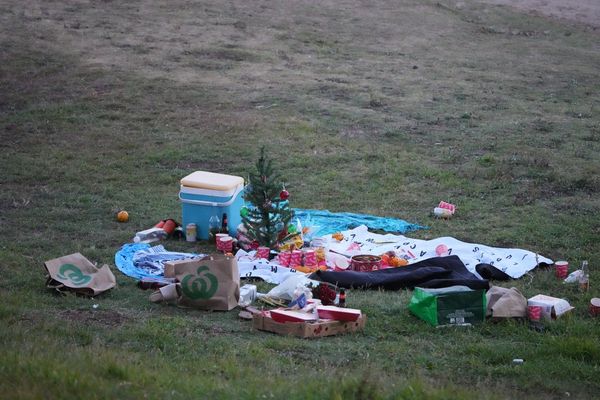For many people, there are few more nostalgic sweets than a bag of tongue-tingling Flying Saucers - and the childhood favourites have an unexpectedly fascinating history. Over the Easter Weekend, many Christians will have attended mass, and this may well have involved receiving Holy Communion.
In response to a fellow Twitter user who remarked upon the distinctive taste of Communion wafers, one knowledgeable individual went on to reveal the surprising connection between the holy bread and Flying Saucers, or Satelite Wafers as they are sometimes known in the US.
As detailed by this person, who goes by the Twitter username @NomeDaBarbarian, Flying Saucers actually came about after a Communion Wafer company needed to up their profits.

Sharing a pic of the nostalgic treats, they explained: "They exist because a Belgian company that makes Communion wafers had a dip in sales, and needed to move product. So they dyed them and filled them with candy."
A number of people were left astounded by this revelation, with one person tweeting: "Damn I always thought they tasted similar and always said to people asking how communion wafers tasted that they tasted like flying saucers without the sugar. I had no idea that they're actually the exact same thing."
Another wrote: "Wait they're ACTUALLY communion wafers? We always referred to them as that but as a joke (we thought)."

Information on the retro sweets website True Treats backs up this origin story and states that Flying Saucers were indeed invented in Belgium back in the 1950s by a Communion wafer maker looking to drive up profits.
According to the website Snack History, the company in question, called Belgica, sold to fellow Beligium manufacturer Astra Sweets after product demand fell off, which is still producing the UFO-inspired sweeties to this day.
Do you have a food-related story to share? Email us at julia.banim@reachplc.com







